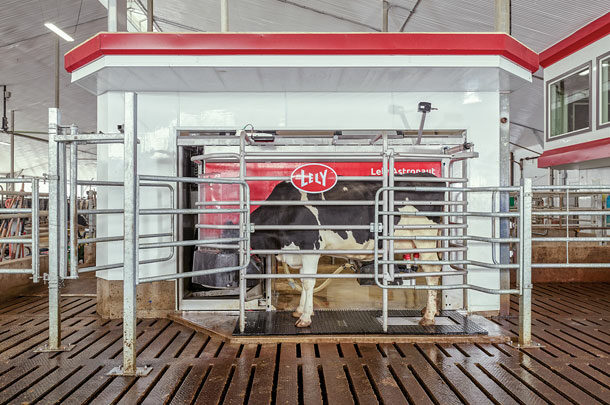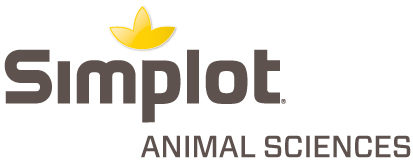Reproduction management plays a critical role in any dairy. The ability to monitor, detect and act quickly when heat is detected significantly impacts herd performance.
Moreover, “repro” management has the potential to be one of the largest spends for a dairy when considering cost of extended days open, extended dry periods, labor, etc.
With the advent of robotic dairy systems, the way repro management is handled can be optimized to increase efficiency and create a more streamlined system for producers.
Differences in robotic facilities
Both conventional and robotic dairies can employ activity monitoring devices to record the baseline activity of a cow and monitor incremental activity increases which indicate the onset of estrus. In this regard, conventional and robotic dairies appear much the same.
Robotic dairies, however, have access to additional data allowing them to provide a heat attention; estimate the duration of estrus and provide other health attentions which could impact a successful insemination. This may come in the form of onboard biological sampling built into a milking robot or feed consumption data provided by feeding robots.
Regardless of how or when the heat is detected, the subsequent handling of the cow (or “cow touches”) is where the largest differences appear.
In a dairy using robotic milking, a variety of sensors gather data points related to heat. Once a cow’s heat threshold has been reached and she has entered the milking robot, she can be routed, via automatic sort gate, to a separation area where the required cow touches can be performed. In this way, human interaction with the cows is confined to the separation pen where cows still have access to feed and water. As a result, the rest of the herd remains undisturbed.
The ability to manage only the cows which have reached their individual heat threshold is logistically preferable to routing larger groups of cows into a separation area or locking up a group of cows where the vast majority do not need to be restrained.
This method affords producers greater efficiency by significantly reducing time required to identify and treat cows as well as reducing the impact of human interference on a cow’s natural rhythms. Integrated sort gates also eliminate the need to spend time fetching cows, creating further labor and time efficiencies.
Once in the separation area, lock-up times are typically much shorter in a robotic facility as a producer is not concerned with managing a large group. Rather, they can focus on the cows which have been specifically separated for treatment.
Conception rate and pregnancy rate
Important to quantifying the effects of robotics on heat detection, conception rate and pregnancy rate, is a foundational understanding of the terms. A paper published by the University of Tennessee Institute of Agriculture Extension program offers a clear description:
Heat detection rate is the percentage of cows inseminated over a 21-day period divided by the number of cows eligible to be bred over those 21 days. For example, if 10 cows are eligible to be bred but only four are detected in heat, the heat detection rate is 40%.
Conception rate is the percentage of cows pregnant divided by the number of cows inseminated during a 21-day period. If two of the cows in the above example become pregnant, the conception rate is 50%.
Pregnancy rate is calculated by multiplying the heat detection rate by the conception rate. For the above example, the calculation would be 40% multiplied by 50%, resulting in a pregnancy rate of 20%.
Robotic dairies have the potential for higher performance across these categories due to their greater wealth of data and resulting action lists. Effectively, robotic data helps to create a more accurate picture of estrus in individual cows.
Ovsynch protocol
Ovsynch is a method for artificially stimulating reproductive activity in dairy cows via hormone injection which trigger the onset of estrus. It is commonly used to address cows that are experiencing reproductive inactivity for various reasons including production stress, nutritional imbalance or simple lack of observation which can be eliminated by robotic data gathering.
In a robotic facility, cows ready for Ovsynch can be diverted via sort gate at any time. With the ability to separate only the cows that are immediately ready for Ovsynch, the herd remains undisturbed and cow touches are directed to only those cows that need attention. Overall, Ovsynch in robotic facilities has the potential to be accurate, efficient and most importantly it allows the remainder of the herd to continue their natural rhythm.
Many aspects of heat detection are similar in conventional and robotic facilities. However, the ability of robotic facilities to increase the accuracy and efficiency of reproduction programs, reduce cow touches and herd disturbances, and potentially improve conception rates and pregnancy rates should not be overlooked.
References omitted but available upon request by sending an email to the editor.













